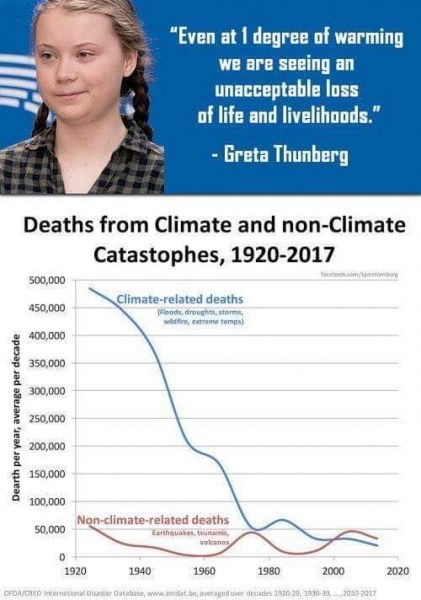Justin Trudeau’s love of the vastly expensive and utterly useless virtue signal is almost unmatched among western leaders, but as Bruce Gudmundsson relates here, some of Joe Biden’s lower-echelon cronies in the Pentagram Pentagon have put up a virtue signal that will be very hard for Justin to top:
In the United States, the president enjoys the privilege of appointing 4,000 of his supporters to positions within the Executive Branch. When the president is a Democrat, the best connected of these invariably prefer perches in the vast social service bureaucracy, there to reign (but rarely rule) over like-minded civil servants.* Those with the fewest friends, alas, end up in the Pentagon.
I’m honestly surprised that the number of direct appointees is so low … I’d have guessed at least ten times that number. I was vaguely aware that the formal “spoils” system was broken up late in the 19th century, but the US federal government and its various arms-length agencies are several orders of magnitude larger than they were back then.
The appointees who suffer the latter fate know nothing of the work they supposedly supervise. Indeed, having been raised in homes in which there were “no war toys for Christmas”, they cannot distinguish a sailor from an airman, let alone explain the difference between a soldier and a Marine. What is worse, like impoverished Regency belles, obliged to spend the Season wearing last year’s frocks, Defense Department Democrats live in constant fear of losing caste.
With this in mind, it is not surprising that the aforementioned appointees embrace, with great enthusiasm, projects of the sort they can discuss at Georgetown cocktail parties. During the Obama years (2009-2017), many of these bore the brand of “green energy”. (No doubt, the appointees in question made much of the double entendre.) As might be expected, many of these programs went into hibernation during the presidency of Donald Trump (2017-2021), only to spring back to life after the inauguration (in 2021) of Joseph Biden.
In a recent post on his Substack, the indispensable Igor Chudov lays bare the folly of one of these initiatives. Part of the Climate Strategy unveiled by the US Army in 2022, this plan calls for the progressive replacement, over the course of twenty-eight years, of petroleum dependent cars, trucks, and tanks with their battery-powered counterparts.
I mean, on the plus side, it would mean that wars could only take place on sunny days (for solar-powered tanks) or windy days (for wind-powered tanks). The sheer stupidity of the notion would be laughable, except they really seem to be serious about military combat vehicles running on batteries recharged with solar cells, windmills, or unicorn farts. I’d call it peak Clown World, but it’s a safe bet that they can get even crazier without working up a sweat.
Searching for an appropriate graphic to go with this article, I found this gem at Iowa Climate Change from back in 2021:

Screencap from Iowa Climate Science, 14 Feb 2021
https://iowaclimate.org/2021/02/14/nato-chief-wonders-about-solar-powered-battle-tanks/
* Lest you think, Gentle Reader, that this post serves a partisan political purpose, I will mention that am convinced that the one Republican political appointee with whom I am well-acquainted is a knucklehead of the first order. Indeed, if I ever manage to locate the proper forms, I intend to nominate him for a place of particular honor in the Knucklehead Hall of Fame.



















